Sweet Basil Genovese Seeds (Wellgrow Brand) -900 Seeds
₦3,000.00
40 people are viewing this product right now
🔥 11 items sold in last 3 hours
Introducing Sweet Basil Genovese seeds, the culinary crown jewel prized for its intoxicating aroma and unparalleled sweetness. This heirloom variety, passed down through generations, is your passport to restaurant-quality pesto, vibrantly fresh Caprese salads, and fragrant Thai curries.. Yummy Genovese Basil is a versatile herb that may be added to a variety of dishes as well as used as a garnish.
Product attributes:
Variety: Genovese sweet wine Basil
Non-hybrid seed type; 900 seeds per package (1.3g).
Green, a dark green.
70-90 days before maturity.
Diseases Fighting back: Damping off.
Easy-to-follow growing guide included for guaranteed success.
Satisfaction Guarantee: We stand behind our seeds and your satisfaction.
Buy more save more!
Buy from 5 to ∞ items and get 5% OFF
on each productSweet Basil Genovese Seeds
Sweet Basil Genovese Seeds are used in food preparation and have medical benefits. The microscopic, black seeds known as basil seeds, which are located inside the flower heads of the basil plant, are commonly utilized for starting new basil plants.
Sweet Basil Genovese Seeds have a high rate of germination, which increases the likelihood that they will successfully sprout and develop into strong plants. They can be planted outdoors right away or they can be started indoors and moved outside once the weather is warm enough.
Sweet Basil Genovese Seeds provides nutritional benefits in some cultures in addition to being used to generate fresh basil plants. They provide a lot of vitamins and minerals, including calcium and iron, and are a wonderful source of fiber. They can swell up and create a gel-like material when submerged in water, which some people like to drink to stay hydrated and refreshed.
- Flavor Fiesta: Immerse yourself in an explosion of sweet, anise-tinged notes that dance on your palate. Imagine homemade pesto bursting with sunshine, fragrant pizzas kissed with basil’s magic, and vibrant marinades that sing with summer’s essence.
- Effortless Abundance: Watch your tiny seeds transform into bountiful harvests. Genovese’s vigorous growth and easy-going nature make it a gardening dream, even for absolute beginners.
- Potent Punch of Health: Beyond the flavor of fireworks, Genovese is a nutritional powerhouse. Bursting with vitamins, antioxidants, and stress-busting properties, it’s a delicious way to boost your well-being.
- Year-Round Oasis: Don’t let the cold stop you! Grow Genovese indoors all year round, basking in its verdant beauty and fresh-cut aroma, even in the depths of winter.
Importance Of Growing Sweet Basil Genovese Seeds:
Due to its high demand in the culinary and herbal industries, sweet basil is a valuable crop for commercial use.
As a local source of fresh produce that may be used or sold, growing sweet basil can help ensure food security.
A wide range of producers can acquire sweet basil because it can be cultivated in both large-scale commercial farms and small-scale backyard gardens.
A lucrative crop for small-scale producers is sweet basil. Due to its ease of cultivation and high market demand, sweet basil can be a lucrative crop for small-scale producers.
Since sweet basil doesn’t require a lot of pesticides or fertilizer, it can be cultivated with little negative influence on the environment.
Sweet Basil Genovese Seeds Advantages:
gives access to fresh herbs for use in cooking, which can improve the flavor and nutritional value of food.
Because it requires little care and can be produced in a variety of climates and soil types, sweet basil is a practical crop for home gardeners.
Growing sweet basil helps enhance the health of the soil because the plant’s leaves contain organic materials and its roots aid in aeration and soil loosening.
Bees and butterflies, which can aid in pollinating other plants and increasing biodiversity, are drawn to the garden by sweet basil.
Gardeners of all skill levels can enjoy and benefit from growing sweet basil since it can make them feel accomplished and content when the plants flourish and yield copious crops.
Natural insect repellents like sweet basil can lessen the demand for artificial pesticides and enhance the quality of the environment as a whole.
Sweet basil has medicinal qualities and can be used to cure a number of conditions, including respiratory problems, digestive disorders, and headaches.
Step-by-Step Instructions for Growing Sweet Basil
Decide on a good location: Sweet basil favors an environment that is warm, sunny, and has well-drained soil. In Africa, it is best to pick a position with good air circulation and at least 6 to 8 hours of direct sunlight per day.
Get the soil ready: Remove any weeds or debris from the soil before planting, and then add organic matter, such compost or manure, to increase soil fertility. The ideal soil pH range for sweet basil is between 6.0 and 7.5.
Sow the seeds: Both seeds and cuttings can be used to grow sweet basil. If sowing seeds, space them out 6 inches apart, bury them in soil, and then lightly water them. If planting cuttings, cut a 4-inch piece from the stem, soak it in water until roots form, and then plant it in the ground.
Water the plants frequently to keep the soil moist but not soggy for sweet basil. Once or twice a week, or more frequently in hot and dry weather, give the plants a deep watering.
Plant fertilizer: Sweet basil benefits from routine application, particularly if planted in pots. Use a balanced fertilizer that contains equal amounts of nitrogen, phosphorous, and potassium, and adhere to the application rates recommended by the manufacturer.
As soon as the leaves are large enough to be used, sweet basil can be plucked. Once the plant has grown to a height of about 6 inches, pinch off the top leaves to promote bushy growth. Regularly gather the leaves by pulling them off the trees or by cutting off entire branches.
The plants should be protected since aphids, whiteflies, and spider mites are common pests that affect sweet basil. To prevent harm to the plants, use natural or organic pest control techniques like neem oil or insecticidal soap.
Frequently Asked Questions (FAQs) for Sweet Basil Genovese Seeds:
What are the benefits of growing Sweet Basil Genovese Seeds?
- Fresh, flavorful herbs: Enjoy delicious homegrown basil for cooking.
- Easy to grow: Perfect for beginners, thrives in various climates.
- Year-round harvest: Grow indoors for fresh basil even in winter.
- Nutritional powerhouse: Rich in vitamins, antioxidants, and stress-reducing properties.
- Pollinator friendly: Attracts bees and butterflies to your garden.
- Low environmental impact: Requires minimal pesticides or fertilizers.
- Natural pest repellent: May deter some insects.
- Medicinal uses: Known to help with certain respiratory, digestive, and headache issues.
How do I grow Sweet Basil Genovese Seeds?
- Choose a sunny location: Aim for 6-8 hours of direct sunlight daily.
- Prepare the soil: Ensure good drainage and add compost or manure for nutrients.
- Sow seeds or use cuttings: Sow seeds 6 inches apart or plant rooted cuttings.
- Water regularly: Keep the soil moist, not soggy.
- Fertilize occasionally: Use a balanced fertilizer for potted plants.
- Harvest leaves regularly: Pinch tops to encourage bushy growth.
- Protect from pests: Use natural methods like neem oil or insecticidal soap.
How long do Sweet Basil Genovese Seeds take to germinate?
Sweet Basil Genovese Seeds typically germinate within 5-10 days under ideal conditions.
Can I grow Sweet Basil Genovese Seeds indoors?
Absolutely! They thrive indoors with sufficient sunlight or grow lights.
What are some companion plants for Sweet Basil Genovese?
Tomatoes, peppers, and marigolds are good companion plants for Sweet Basil Genovese.
Only logged in customers who have purchased this product may leave a review.
Related products
₦6,000.00

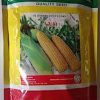
₦32,000.00

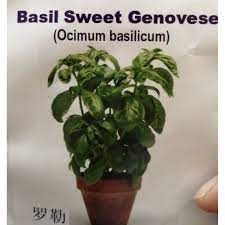

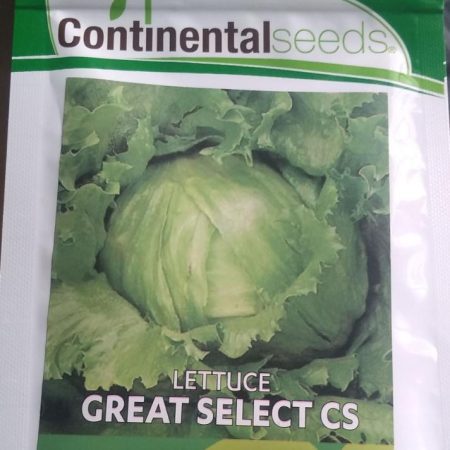


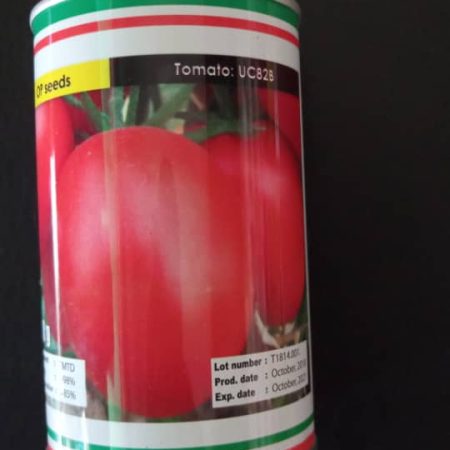
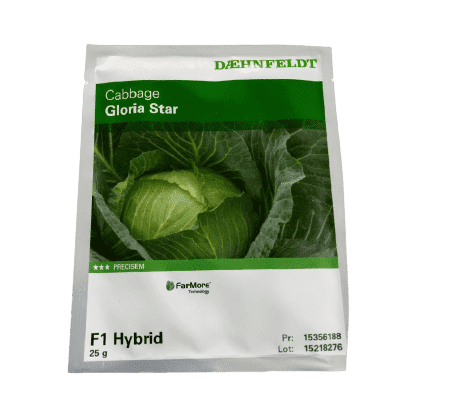
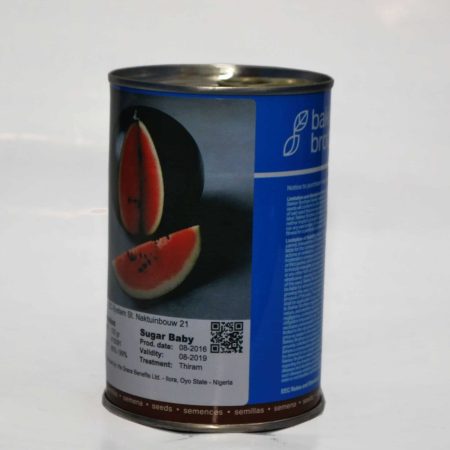
Reviews
There are no reviews yet.